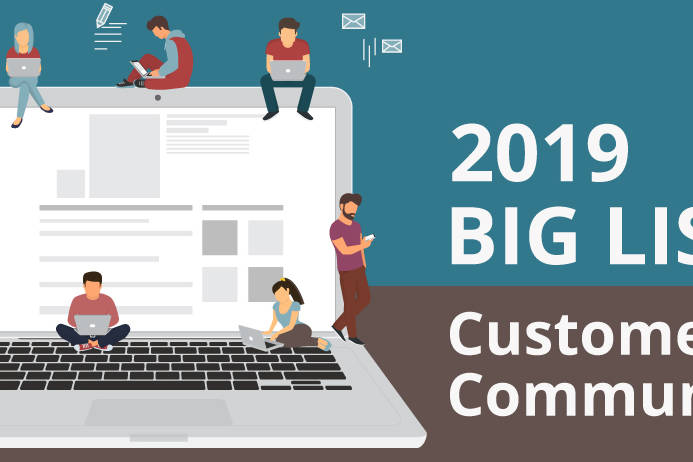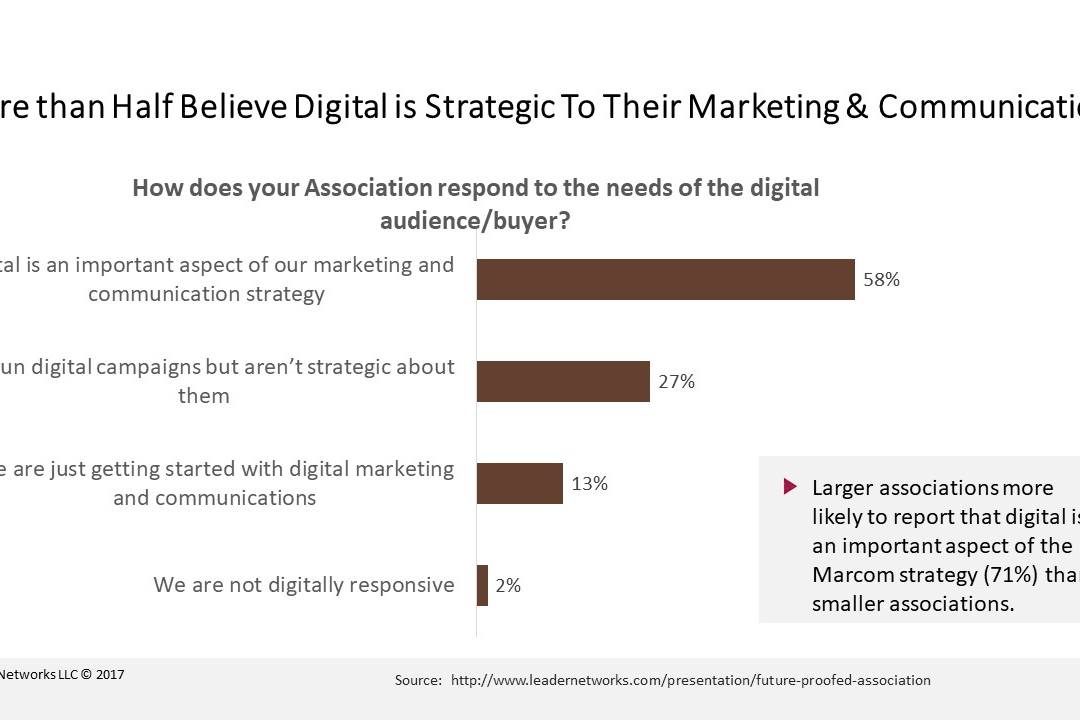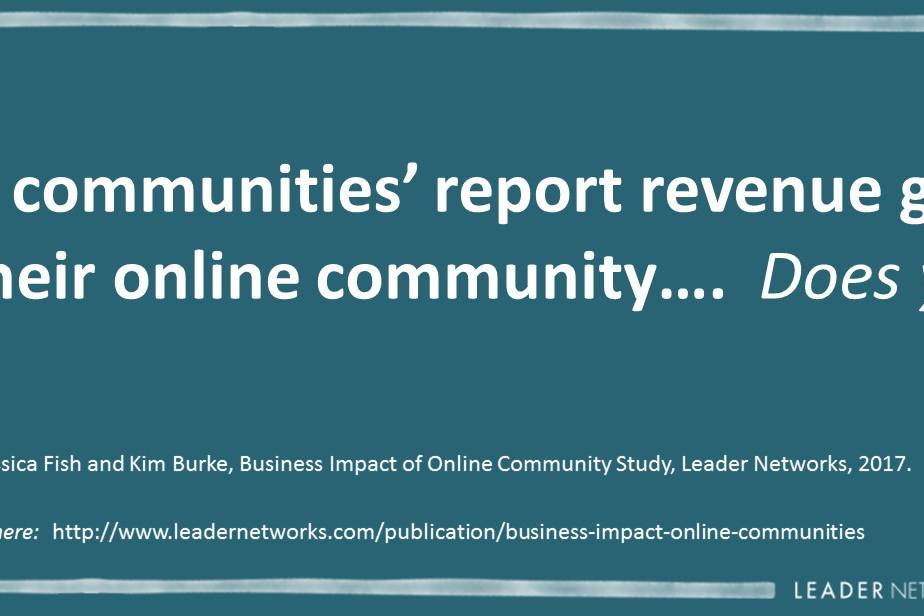The Society for New Communications Research (SNCR) of the Conference Board is an amazing group dedicated to the advanced study of the latest developments in new and emerging communications tools and technologies, including digital, social media, and mobile, and their effect on business, media, health, law, culture, and society. As an advisory board member and co-chair of the research committee, I am excited to bring this new study about the problem of fake news to your attention and ask for your participation.
To explain the study, my colleague and study lead researcher, Jeff Pundyk offers his perspectives and the goals of the research. Over to you, Jeff….
By Jeff Pundyk
Sending shudders throughout the media and advertising world, Proctor & Gamble cut $140 million dollars in digital ad spending last quarter. The move reflects the company’s concerns over “brand safety,” the fear that its advertising is placed adjacent to unsavory, untrustworthy or untrue content.
Despite the cuts, P&G beat both forecasts and their rivals in growth last quarter—and is aiming toward $2 billion in marketing cuts over the next five years. Behind the cuts is an industry-wide concern that ad inventory is finding its way to biased, unreliable and sensational content, creating both tremendous brand risk and marketing waste.
“Fake news” is not just a political problem
As the internet has become flooded with unreliable content, that content sits alongside mainstream sites in automated systems that marketers, agencies and digital publishers use to target advertising to segmented audiences. The rise of “programmatic” advertising—the automated purchasing of digital ads—has, in many ways, financed the rise of fake news sites and now threatens to undermine the advertising ecosystem.
The Conference Board’s SNCR Fellow Community is beginning a research project to explore businesses’ contribution to the problem—particularly how ad-supported media models can enable fake news—and what the marketing and communications communities can do about it. Marketers, please take a brief survey here: http://tcb.qualtrics.com/jfe/form/SV_aauNXO60TOrj045.
It is a knotty issue with trust sitting at its center. Advertising is about building trust with customers; it also can serve a greater good, to ensure that we have an informed and engaged public by supporting trustworthy content providers. When we fail, the repercussions can be dramatic, both for the brand and for the larger community.
A new report by the Reynolds Journalism Institute at the University of Missouri shows that the majority of audiences believe what they read, see or hear from mainstream news organizations. The report, part of the Trusting News project, found that two-thirds of those sampled were “likely” or “very likely” to believe mainstream organizations. The research team worked with 28 newsrooms to collect data from different US media audiences.
And while the topline data is encouraging, there is much to parse as news organizations, readers and the marketers who advertise on news sites grapple with the issues of trust, credibility and truth in the era of “fake news.”
The survey showed that liberal respondents were more trusting than conservative respondents and white respondents were more likely to believe information coming from news media than nonwhite audiences. The difference between white and nonwhite respondents was especially big on the question of trust in news media.
When asked to define what makes a news story credible, the majority of responses pointed to three characteristics: telling both sides of the story, using multiple sources and fact checking—all standard practice at most mainstream publications.
Yet, when asked to rank media, audiences showed a real distrust for some very popular mainstream outlets and channels (see chart).

Source: Reynolds Journalism Institute, University of Missouri, 2017
Our research will explore the extent of marketing and communications executives’ awareness of their connection to fake news, and will reflect with the community on solutions. We will shortly be fielding a survey and will share preliminary insights here.
Please take 5 minutes to share your perspective. http://tcb.qualtrics.com/jfe/form/SV_aauNXO60TOrj045.
Survey findings will be detailed in a report to be released in early 2018. A PDF of this final report will be emailed to you at no cost.
This post originally appeared on The Conference Board blog
Warning: Attempt to read property "base" on array in /home3/trusten9/public_html/leadernetworks/wp-content/plugins/wp-user-profile-avatar/shortcodes/wp-user-profile-avatar-shortcodes.php on line 665
Warning: Attempt to read property "base" on array in /home3/trusten9/public_html/leadernetworks/wp-content/plugins/wp-user-profile-avatar/shortcodes/wp-user-profile-avatar-shortcodes.php on line 665
Warning: Attempt to read property "base" on array in /home3/trusten9/public_html/leadernetworks/wp-content/plugins/wp-user-profile-avatar/shortcodes/wp-user-profile-avatar-shortcodes.php on line 665
Warning: Attempt to read property "base" on array in /home3/trusten9/public_html/leadernetworks/wp-content/plugins/wp-user-profile-avatar/shortcodes/wp-user-profile-avatar-shortcodes.php on line 665
Vanessa DiMauro
Internationally recognized independent thought leader on social business strategy and operations with a specialty in online community. I help organizations drive top line growth through innovative digital strategy design and thoughtful execution. I have successfully led 60+ strategic social business initiatives for the world's most influential organizations over my 20 years as a social business executive and serve on a number of boards. My award-winning track-record is fueled by passion, experience and research.
My work has been covered by leading publications such as the New York Times, the Wall Street Journal and CIO Magazine and was recently named a Social Marketing Master by Forbes. As a former Executive in Residence at Babson College, Olin School of Management, I am an engaging and informational educator and keynote speaker.
Related Posts
July 20, 2017
Will your association still be here tomorrow? The answer may depend on digital…
With the rise of digital technologies, the potential for associations to reach…
March 20, 2017
Hidden in Plain Sight: Why Some Online Communities Make More Money
In our latest research study, “The Business Impact of Online Communities,” we…
1 Comment
Add comment Cancel reply
This site uses Akismet to reduce spam. Learn how your comment data is processed.



Thank you for the article.
Great blog that I enjoyed reading.